AUDIO, ACOUSTICS & KNOWLEDGE
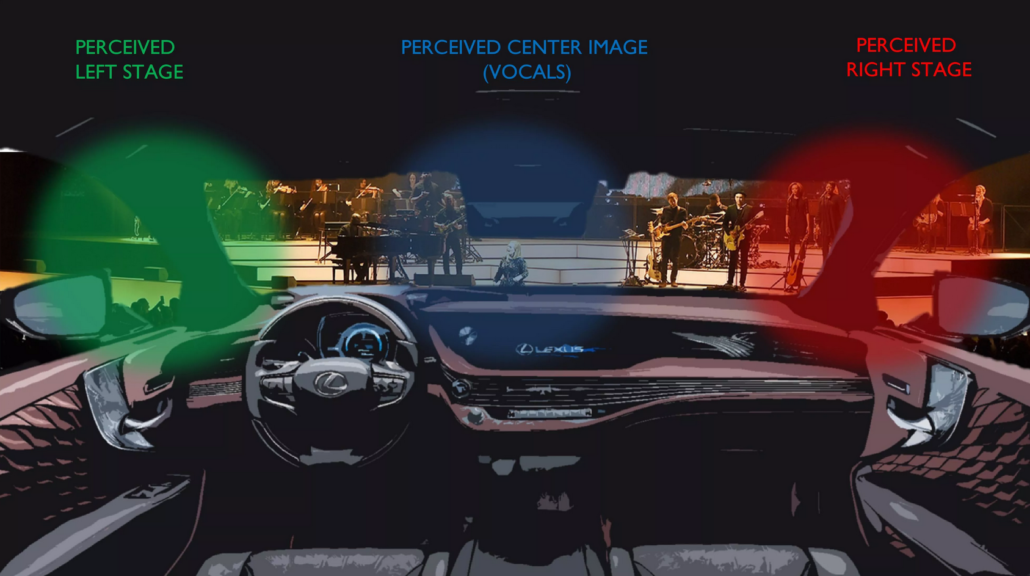
EVO BUYER’S GUIDE TO A CLEAR SOUNDING MUSIC SYSTEM / IN CAR ENTERTAINMENT
” Loud music systems in Cars are a thing of the Past ! Today people want car music systems to sound more like a good Home System. Clear, Articulate, Accurate and Power when one needs it for that occasional mood
” If you are new to Car Audio, This is how you get there… “
:
Importance of the right Components:-
Player (Source):
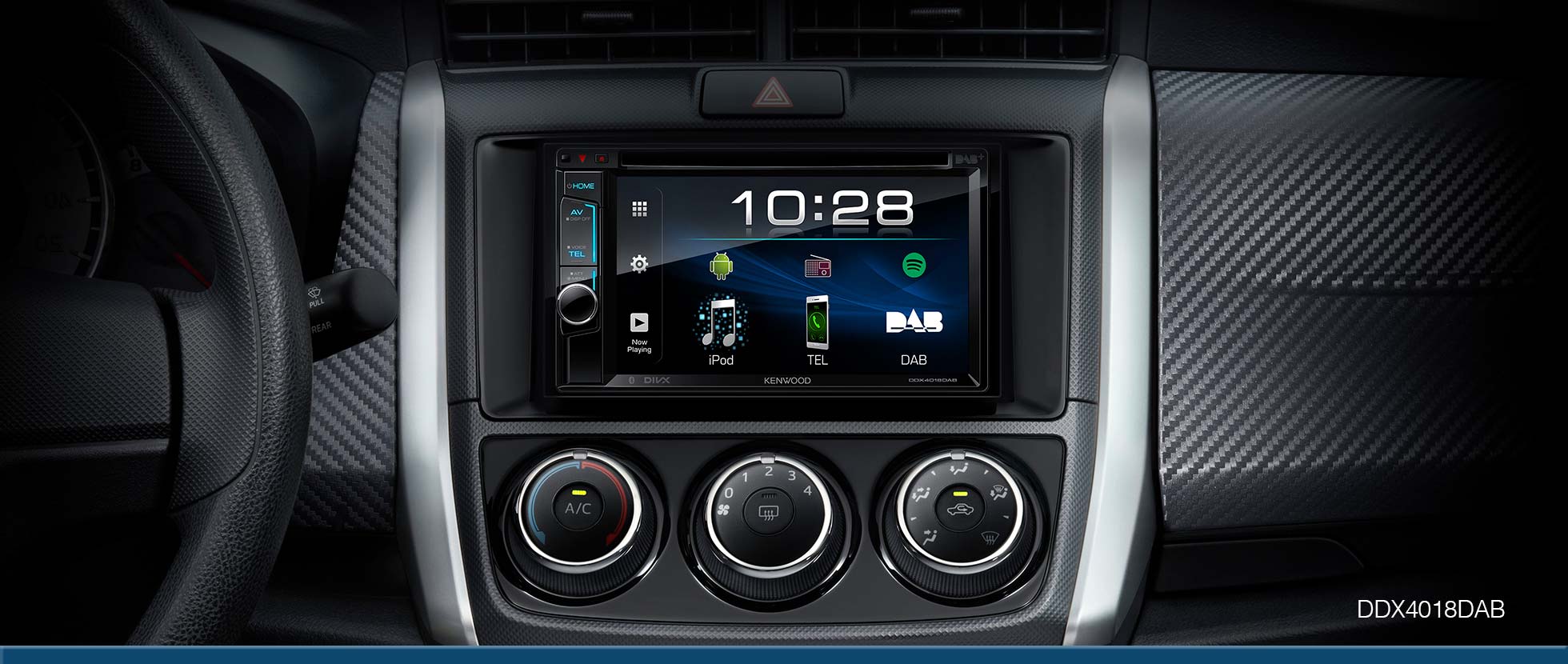
It is very vital in Any good sounding music system whether at home or in the car to have a good, clean sounding player / Source unit. A decent sounding Player can make a big difference in a system, even the most average amplifiers or speakers tend to sound really good on a decent player.
If you don’t have the option to change the player (most cars today) to something better, then reprocessing of the sound is the other alternative. How you can do that is by adding a good Line Output Converter / Line Driver OR a Digital Sound Processor (DSP).
Features to look for in a good aftermarket player.
- A Graphic or Parametric Equalizer.
- At least a dedicated Front and Subwoofer RC output with Subwoofer on/off along with frequency and level control.
- Crossover / XOver / High Pass Filter (HPF) lets you cut off certain Low frequencies which the average car Audio speaker is not designed to handle from the speaker. In this case the setup tends to sound a lot more clear at higher volumes.
- A 24Bit DAC in most cases makes the player a good sounding one, whether it has all jazzy EQ features or not they tend to sound pretty decent. For Example: The Sound Staging on any Kenwood MP3 Player with a 24Bit DAC, is much more prominent compared to a player without the feature.
- Direct iPod / iPhone Control Through USB : This will make your life a lot easier if you use the iPod a lot to play music in the car, this will help you easily browse and find songs without taking too much focus off your driving on road.
- Time Alignment is a feature that allows us to tune the system in way to improve sound staging for the Driver or Co-Passenger. In a car we almost always sit in one corner, which is less than ideal for sound staging and clarity, however, which can easily be overcome with a good featured player / source.
Factory Head Unit ( Source): 
If your car has an integrated factory head unit, and you feel it has all essential features and does the job for you, then the approach is slightly different. About 80% of the installations we do @ EVO are keeping the factory entertainment unit as it is, as most users just don’t want to change the way the dash and player looks. Based on car manufacturer and model, the sound quality delivered in terms of quality of signal, can vary a lot among factory fit entertainment units. So, how we overcome this limitation in case of entry to mid budget systems is by adding a good Line Output Converter which can process the sound in a manner that enables the amplifier(s) to reproduce crystal clear sound. In case of premium and high end car entertainment setups, we install Digital Signal Processors, which significantly improve sound quality and overall balance.
Most premium cars which come with high end entertainment systems, like, Harman Kardon, Bang and Olufsen, Bowers and Wilkins, Meridian etc have inbuilt Signal Processing to reproduce an excellent sound response and staging in cars like Audio, BMW, Mercedes Benz, Jaguar, Range Rover etc.
Speakers:

Good Speakers will enhance the overall Audio Experience many folds, though Frequency response from each Brand of speakers can differ a lot, but there is no set parameter which makes a speaker good for everyone. People have different tastes in music and especially in Sound one man’s food is other’s poison, but some certain parameters if kept in mind will make the Audio Experience good and money spent well worth it.
How many tweeters do I need on a
Coaxial Speaker ?
Generally a Speaker with 2 coaxially mounted tweeters is good enough, some
companies producing speakers which are 4 way , 5 way, 6 way claim that enhances
sound. However, if you look at brands selling high end speakers, they are
usually 2way or 3way. 5way / 6way etc are all gimmicks.
Always preferably look for a branded product before you buy. Now in some cases there might be a brand a retailer is offering to you which you have not even heard about, but that does not necessarily mean it’s not good. Always try to do a little research online, try to look up some online forums, especially one’s out of the U.S with a lot of users, this will give you a more or less correct idea on how the product really is.
Stay away from some Cheap China Stuff, there are products available in the market which are unbranded and at the same time claim to be some USA or Germany brand, the easiest thing is to go Online and check on their website, one can easily find out whether a brand’s online presence is just about an Address, which is generally a virtual address or Do they really exist. A company with some real presence will be having demo vehicles online showcasing their products, taking part in car shows, having press releases etc. It always pays to know what you are buying.
Amplifiers: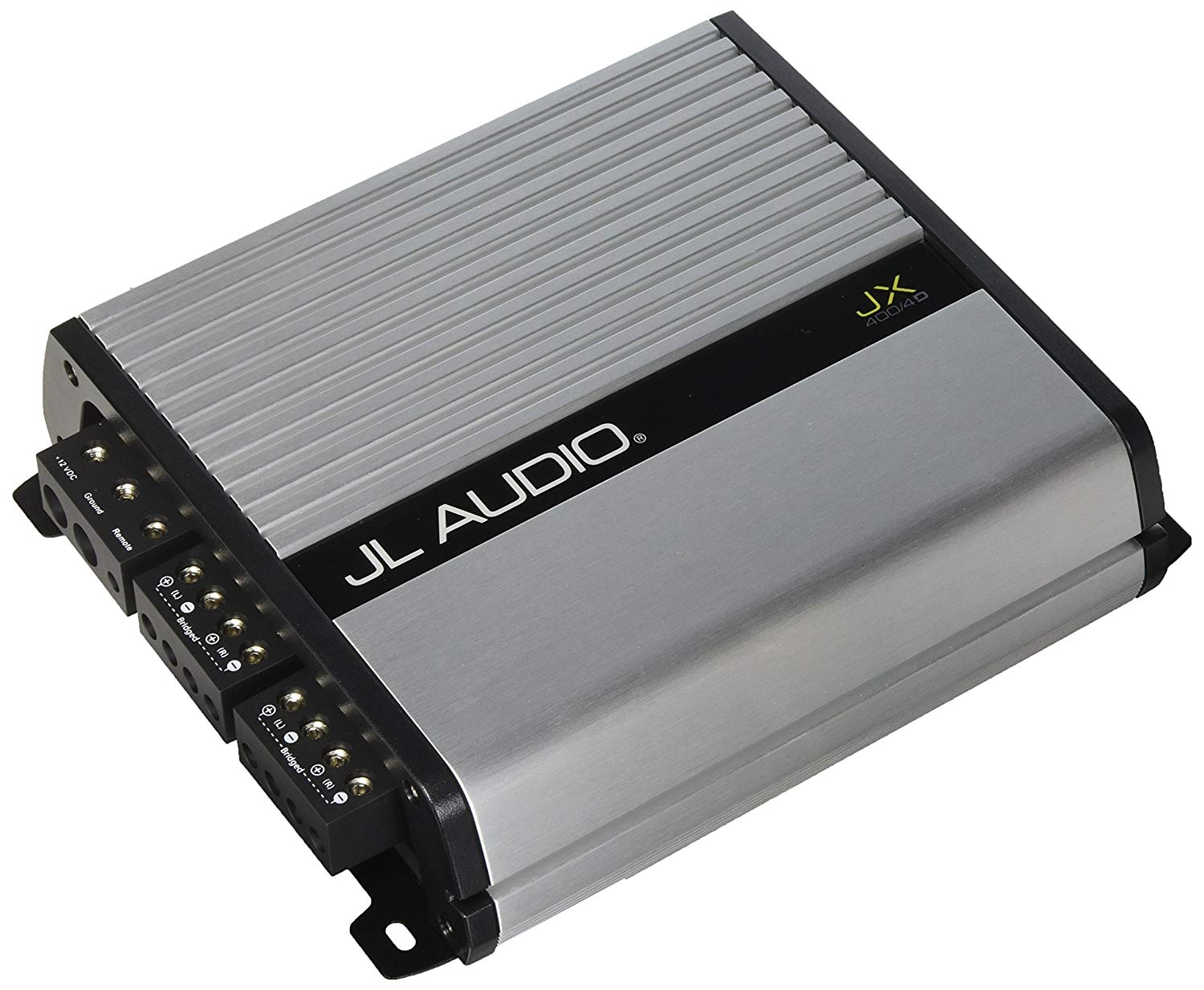
Know your Brand !!
Preferably look for a Branded Amplifier, as this is a very vital choice in the
system, this can make or break the Sound Quality in your car. It is not
necessary that a reputed Brand will always make good sounding amps, so it’s
always good to listen to the amp play or audition maybe 2 different amps in the
same category.
Peak Wattage on the Box :
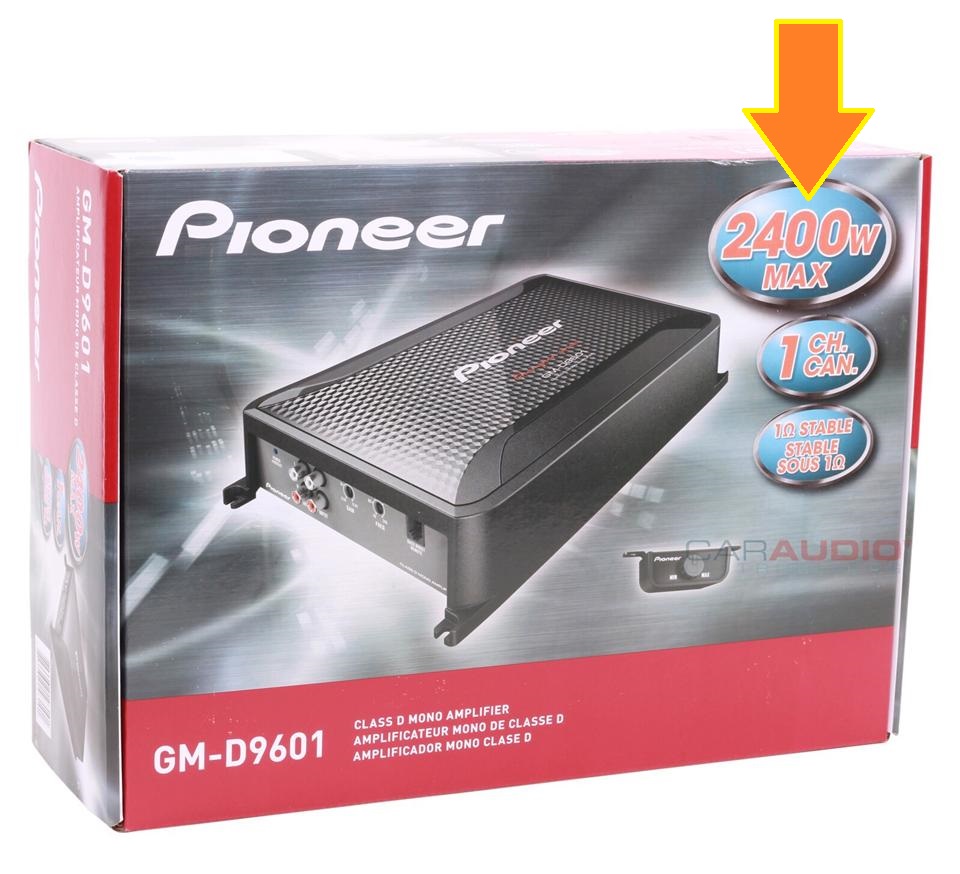
Never judge an amplifier with the peak wattage number written on the box. Those are entirely gimmicks. There is no universal standard for calculating peak wattage. Each product manufacturer has their own sweet explanation like ‘Peak Power’, ‘Burst Power’ etc. Preferably look at the RMS power rating @ 4 Ohms for a 2/4 channel amplifier to match with speakers and RMS power rating @ 2 Ohms for a Mono amplifier. That is the minimum seamless amount of power the amp can provide is the RMS output. Ideally peak wattage is RMS power X 2. All the rest of the peak wattage calculations are bogus.
NOTE: An amp having higher RMS rating is not necessarily going to produce higher audible loudness. The true character of a good amp shows when it can sound nice on a varying range of tuning, not just a narrow band of gain and frequency settings.
Why a Monoblock Amp ?
A monoblock should be used ideally in a situation when the car’s size is on the
bigger side of the other 4 channel amp is not as powerful to drive the
subwoofer in the system properly or to the extent it’s meant to. Sometimes a
monoblock can add a lot to the overall bass response, whether it be mere
loudness or some very good accuracy with a clean frequency response.
A, CEA Rating is always a good feature on an amp to have, it is a certification
that the amp will produce at least that much power in a fluctuating voltage
system of a car ranging from 11.5 to 13.5 Volts. Most CEA rated amps are
decent, but that does not assure good sound quality, just assures stable power
as rated to some extent.
A good 4 Channel for all !
In Most Cases people Assume that in the list of Upgrades a monoblock in
a must in a neat Sounding system. This is a Myth in most cases in our cars,
especially small to mid sized cars. This choice is completely dependent on the
listening preferences like general playing loudness, genre etc. In a lot of cars
for Example Small cars like Swift, i20, i10 etc a good 4 Channel Amp can
suffice for most users, it can throw in the right blend of bass, mids and highs
for the driver. Most of these cars are self driven, so a set of components with
a sub driven with a 4 channel amp can do the trick, as for the rear fill one
can use a stock location coaxial running off the player. However in such a
setup the Player should have some basic features like a High Pass Filter, what
this will do is cut off a lot of unwanted low frequencies (bass) the speaker is
not designed to handle.
Ths above suggestion is a workable solution only for people who want good music
quality in the car but don’t feel like spending on a monoblock immediately. If
Budget allocation is not an issue, then nothing like a good monoblock amp.
Subwoofers: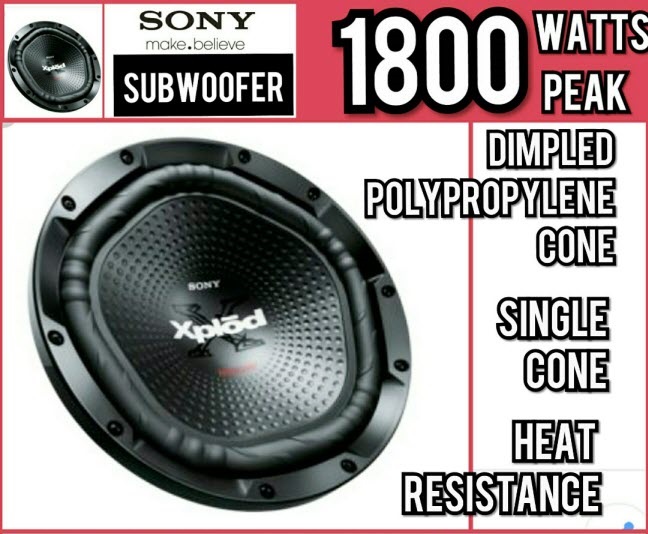
Power
Look for a reasonably powerful subwoofer, even if it is running off a 4 / 2
channel amp it should not be too little power or too much power compared to the
amp. Too little power may suffice for the time being if a entry level 4 channel
is running the sub, but if there is a future upgrade to a powerful 2 channel
amp or a monoblock, then look at having a subwoofer with a medium power rating
(250 to 350 RMS).
Too powerful a sub also is not a good thing, your amp will be struggling to push the sub into excursion (in and out movement), resulting excess heating on the amplifier, and sub also over course of time loses it’s potential to perform under it’s manufacturer specified heat levels.
Last but not least, never get wooed by fancy wattage numbers by
manufacturers (1300W, 1600W etc), look at the RMS rating, that is the true
wattage of the sub. Even frequency range etc ar misleading in most cases,
hearing the sub play is also important, however the product must be in the
right box, with come decent equipment a least to get the right picture.
Right Sub / Amp Combination
A lot of people commonly make mistakes in choosing the right sub and amp
combination.
Common Myths = Mistakes
Myth = A monoblock will increase the Effect in my Ride !!
Mistake = Installing a mono amp not even knowing what sub I have….
A monoblock cannot perform on it’s peak power as long as the right sub
is not combined with it. Most common mistake is that people add in a monoblock
with a single voice coil subwoofer expecting it to do wonders, but it does not.
For Example : The JBL GT5 mono amp is around 300 RMS @ 1 Ohm, 150 RMS @ 4 Ohm,
when combined with 1 JBL GT5 12″ Subwoofer allows the amp to run only at 4
Ohms, which is a waste of money as the same performance can be achieved using
one pair of channels in bridged mode from a 4 Channel amp.
Myth = A Dual Voice Coil (DVC) Subwoofer will produce more power
Mistake = Pairing it with a 4 Channel Amp thinking it will outperform a Single
Coil Sub.
A DVC sub is ideally supposed to be used to pair with a Monoblock amp
Especially a DVC 4 Ohms subwoofer connected in parallel lets the amp run at 2
Ohms which is the impedance level at which most amps are stable and producing
peak power.
However when a DVC 4 Ohms is wired in parallel and connected to a 4 channel Amp
in bridged mode, results in overheating and in some cases even amp going into
heat protection mode. This is very bad for the health of the amp and reduces
amplifier life, can even result to mosfet burns and failure.
Two subwoofers from the same manufacturer with same output specs but only differing in being a SVC or DVC, running on the same amount of amplification will not have absolutely any output difference, Period!
Sound Quality:
The ‘ Right Sound Quality ‘ is a very debatable Subject. For each they have
their own Preference of Sound, but there are some parameters that can be
followed in buying the right product. Firstly each subwoofer has it’s own
signature sound and frequencies it peaks at, one has to determine how the sub
sounds with a certain genre of music. Some subs are meant for Booming bass,
which mostly go very well with Hip Hop, R&B etc. Some subs are not that
loud but sound accurate and tight, that’s ideal for Trance and House music
where the beats are more frequent. Some subs are in the middle, neither to
boomy nor too mild, just about right. These can play for most genres.
Frequency Response can differ Rapidly with enclosure design and amplification. With a big ported box, one can only expect boom, a mid sized sealed enclosure will produce a decent mix of SQ and Loudness. A Really tight and small enclosure will sound extremely accurate but will lack the loudness to some extent and will need a lot more power also to produce Excursion on the woofer.
Cost to Per RMS Ratio
This Ratio is very subjective, some manufacturers produce subwoofers which have
high RMS ratings at a low to medium costing, these are entry level subs and
will not do any magic on their bass response, but it’s a lot better to have
this than nothing at all. These come with a low Cost to RMS Ratio of around 5:1
to 10:1
Some manufacturers concentrate on producing extreme accuracy on the RMS rating claimed, these subs fall in the Lower to Upper Mid range of subwoofers, these with the right amplification can audibly sound a lot louder than most entry level subwoofers whose RMS rating is much more than the sub in contention. These come with a Medium Cost to RMS Ratio of around 10:1 to 40:1.
Some manufacturers produce subwoofers which don’t display any magically high figures on the RMS rating, but sound really great and musical, these fall into the high end and cost the most. These come with a High Cost to RMS Ratio of around 40:1 to 150:1.
LOOKING FOR PROJECTOR LIGHTS KNOWLEDGE BASE ?

